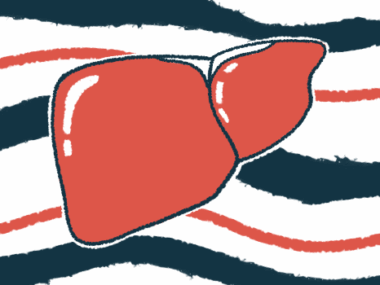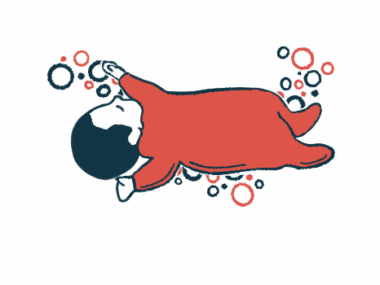Holomedicine aids liver transplant for girl with biliary atresia
Surgeons utilized technique to make sure organ was correct size and shape
Written by |

An imaging technique called holomedicine helped surgeons in Singapore make sure they removed a part of a liver from a living adult donor that was the right size and shape for a young girl with biliary atresia who needed a liver transplant.
“Holomedicine leverages mixed reality to interact with virtual objects superimposed onto the real world, allowing for unparalleled accuracy in pre-surgical planning,” Gao Yujia, MD, a consultant surgeon at Singapore’s National University Hospital (NUH) and the assistant group chief technology officer leading the holomedicine program at the National University Health System, said in a NUH press release.
In biliary atresia, which is a rare liver disease that affects infants, a blockage or absence of the ducts that carry the digestive fluid bile to the intestines results in its buildup in the liver, which can lead to damage and scarring that can progress to liver failure. Biliary atresia is the most common indication for pediatric liver transplantation.
The first-line treatment is called Kasai portoenterostomy, a surgical procedure that seeks to restore bile flow from the liver by removing the abnormal bile ducts and attaching the small intestine directly to it. This can improve outcomes for children with biliary atresia, but most will continue to have liver damage that will eventually require a transplant.
A successful procedure for Avira
That’s what happened to Avira, a young girl in Singapore who underwent the Kasai procedure when she was 2 months old. A follow-up appointment months later showed signs of progressive liver dysfunction, leading doctors to recommend a liver transplant, for which Avira’s mother volunteered to be the donor.
For young children with liver disorders, a liver transplant can be lifesaving. However, making sure the transplanted liver is the right size for a small child can be challenging, especially when the donated liver tissue comes from an adult, as was the case here.
“Unlike adults, small children being transplanted with grafts too large or too small for them may have issues following liver transplantation and as the child grows older,” the NUH stated in the release.
To ensure the transplant tissue was the right size and shape, the surgical team used holomedicine, a technology that let them carefully compare the donated liver and the patient’s abdomen using CT scans of each.
“This hybrid technique enhances surgical planning, giving us a solid road map with the potential of greater precision so that patient care and safety can be improved during the surgery itself,” said Vidyadhar Mali, MD, the surgeon at NUH who led Avira’s surgical team. Mali is a senior consultant in the department of pediatric surgery at NUH’s department of pediatric surgery in the Khoo Teck Puat-National University Children’s Medical Institute, and the surgical director of the pediatric kidney and liver transplantation programs at National University Centre for Organ Transplantation.
The transplant, which took place in 2022, was successful and both mother and child made a full recovery. Avira is now “much like other children her age, a playful and energetic toddler, with a bright future ahead,” the NUH release states.







